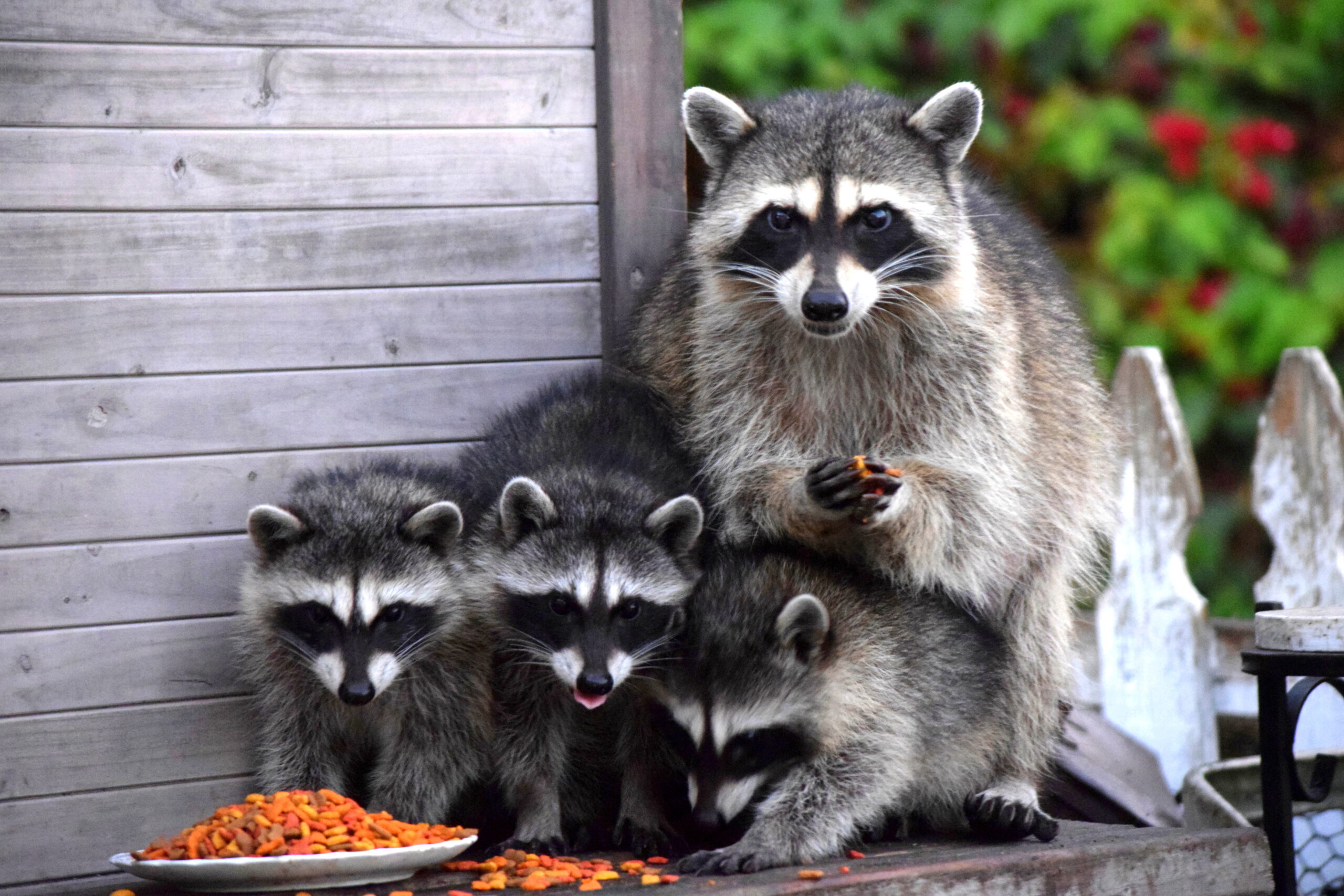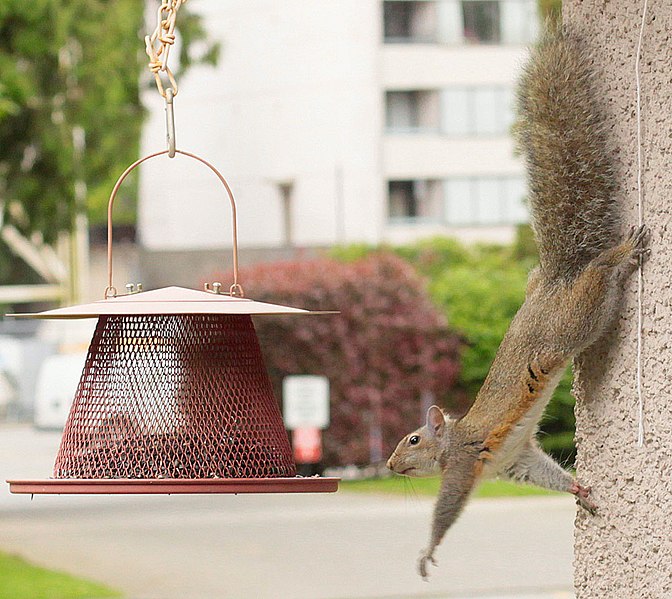Finding animals in your attic can be alarming, but getting them out safely and effectively requires the right approach. Whether it’s squirrels, raccoons, or bats, animals can cause significant damage to your home if left unchecked.
While there are some DIY methods you can try, professional help is often necessary to ensure the animals are removed humanely and without further harm to your property. Understanding your options for removing wildlife and preventing future infestations is key to resolving the issue. In this article, we’ll explore the best ways to get animals out of your attic and keep them from coming back.
Signs of Wildlife in Your Attic
Strange Noises
One of the most common indicators of animals in your attic is the presence of unusual noises. You might hear scratching, scurrying, or thumping sounds, especially during the night or early morning when animals like squirrels, raccoons, or bats are most active. These sounds are typically louder in the attic and can indicate that wildlife has entered and is moving around your space.
Droppings and Foul Odors
Another sign of wildlife in your attic is the presence of animal droppings or a strong, unpleasant odor. As animals nest and spend time in your attic, they leave behind feces and urine, which not only create a mess but can also pose health risks. Foul smells can indicate that animals have been in your attic for some time and may need immediate attention to prevent further damage.
Chewed Wires or Insulation
Animals such as squirrels and rats tend to chew on wiring and insulation when they invade attics. If you notice damaged wires, torn insulation, or nests made of shredded materials, it’s a clear sign that wildlife has taken up residence. Chewing on electrical wires can create serious safety hazards, including fire risks, making it critical to address the issue as soon as possible.
Entry Points and Visible Damage
Inspecting your attic and roof for visible entry points, such as holes or gaps, can help confirm whether animals have found their way in. Wildlife often gnaw or tear open weak spots to access your attic. If you notice damage around vents, rooflines, or eaves, it’s likely that animals are using these areas to come and go freely.
DIY Methods to Encourage Wildlife to Leave
Use of Light and Sound
Animals often seek dark, quiet spaces for nesting, making attics an ideal hiding spot. By introducing bright lights and loud noises into your attic, you can make the environment uncomfortable for them. Setting up temporary lighting or using a portable radio to play music or talk shows at varying times can encourage wildlife to leave on their own. However, this method may require some patience and isn’t guaranteed to work for all species.
Create an Exit with One-Way Doors
One-way doors or exclusion devices can be installed over the animals’ entry points to allow them to leave but not return. These devices are particularly effective for animals like squirrels or raccoons, who tend to come and go. Once the animals exit in search of food or water, they won’t be able to re-enter, leaving your attic animal-free. After all animals have left, you can seal the entry points to prevent future access.
Natural Repellents
There are several natural repellents that can be used to deter animals from staying in your attic. Scents such as peppermint oil, ammonia-soaked rags, or predator urine can create an environment that animals find unpleasant. Placing these repellents near the areas where animals are nesting may encourage them to seek shelter elsewhere. While this method can be effective, it may need to be combined with other tactics for stubborn wildlife.
Block Entry Points Once Animals Are Gone
Once you’ve successfully encouraged the animals to leave, it’s important to seal off any potential entry points to prevent them from returning. This can include patching up holes, securing vents, and repairing any damage that the animals may have caused. Be sure to thoroughly inspect your attic and roof for weak spots, as even the smallest gaps can be exploited by wildlife.
Why DIY May Not Always Work: When to Call a Professional
While DIY methods can sometimes be effective, they often fall short when dealing with more persistent or dangerous animals. Larger wildlife, like raccoons or bats, may not be easily deterred by sound, light, or natural repellents. These animals are resourceful and may find other ways to enter your attic, even if you block off their usual entry points. Additionally, handling wildlife without the proper training can be risky, as many animals carry diseases such as rabies or parasites that can be harmful to humans and pets. Attempting to trap or remove them without professional help can result in injury or incomplete removal.
In many cases, hiring a professional wildlife removal company is the best course of action. Licensed professionals, like those at AAAC Wildlife Removal, have the expertise, equipment, and experience to safely and humanely remove animals from your attic. They also have a deeper understanding of wildlife behavior and can identify entry points that might be overlooked by the untrained eye. Professionals will not only ensure the animals are completely removed but also take steps to prevent future infestations by securing your attic and addressing any structural vulnerabilities. If DIY methods aren’t working or you’re unsure about handling the situation, it’s always safer to call in the experts.
AAAC Wildlife Removal’s Approach to Humane Animal Removal
At AAAC Wildlife Removal, the focus is always on providing humane and safe solutions for dealing with wildlife in your attic. The team uses non-lethal traps and exclusion methods to ensure that animals are removed without causing harm. Live traps are placed in strategic locations to catch animals such as squirrels or raccoons, and once caught, the animals are relocated to suitable habitats where they can thrive. This humane approach ensures that no harm comes to the wildlife while still addressing the problem effectively.
Beyond just removal, AAAC Wildlife Removal takes the time to assess the situation thoroughly, identifying how the animals got into your attic in the first place. After removing the animals, the team seals up any entry points to prevent future invasions. They also offer cleanup and repair services to fix any damage caused by the animals, such as chewed wiring or soiled insulation. By focusing on both humane removal and long-term prevention, AAAC ensures that your attic remains wildlife-free without resorting to harmful or inhumane practices.
Repairing and Securing Entry Points After Removal
Once the animals have been safely removed from your attic, it’s essential to address the root cause of the problem: how they got in. Wildlife like squirrels, raccoons, and birds are adept at finding or creating entry points to access your attic. AAAC Wildlife Removal takes a thorough approach, inspecting your home for any gaps, holes, or weak spots where animals may have entered. These can include areas around vents, rooflines, chimneys, or even small cracks near windows. By identifying and sealing these entry points, AAAC ensures that your home is protected from future invasions.
In addition to sealing gaps, AAAC offers a range of solutions to wildlife-proof your home. This might involve reinforcing vulnerable areas with durable materials, installing protective screens over vents, and repairing any damage caused by the animals. Repairing chewed wires, damaged insulation, or broken roofing is also crucial to restoring your attic and preventing hazards like fires or water leaks. By repairing and securing your attic after removal, AAAC Wildlife Removal helps keep your home safe, functional, and free from unwanted guests.
The Importance of Professional Help for Safety and Efficiency
Dealing with animals in your attic is not just about removing them; it’s about ensuring the job is done safely and efficiently. Wild animals, particularly larger ones like raccoons or aggressive species such as bats, can pose significant risks to your health and safety. They may carry diseases or react aggressively when cornered, making it dangerous for an untrained person to attempt removal. This is where professional help becomes invaluable. Companies like AAAC Wildlife Removal are trained to handle these situations with the proper equipment, ensuring that both the animals and homeowners stay safe throughout the process.
Moreover, professional wildlife removal ensures that the issue is fully resolved the first time around. DIY attempts can often leave animals behind, fail to properly seal entry points, or lead to recurring infestations. AAAC Wildlife Removal not only removes the animals but also takes preventative measures to ensure that your attic remains secure long after the wildlife has been relocated. By trusting experts, you’re not just solving an immediate problem—you’re investing in long-term peace of mind, knowing that your home is protected and the job was handled correctly.





